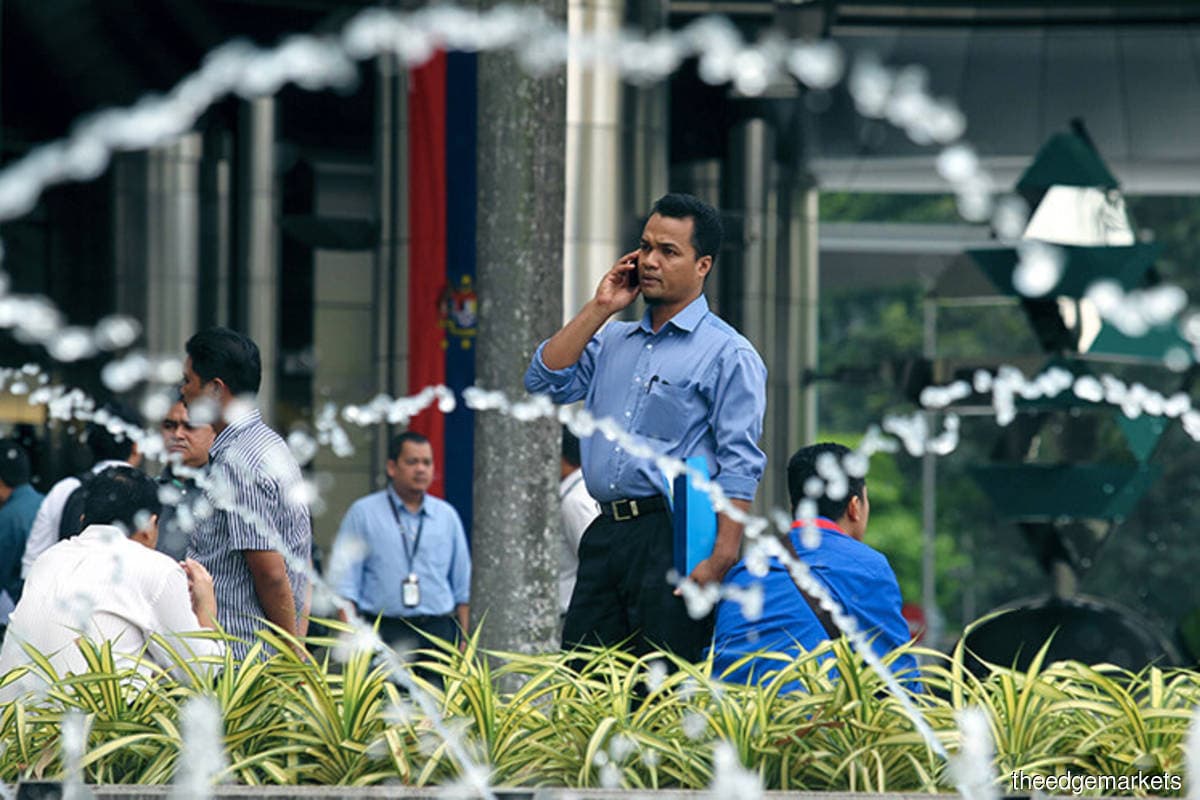
KUALA LUMPUR (July 8): Malaysia’s unemployment rate slipped to 4.5% in May from 4.6% in April, marking the lowest level reached since March 2020.
The improvement notwithstanding, economists expect labour market challenges to persist amid the current full lockdown.
UOB Global Economics and Markets Research’s economists Julia Goh and Loke Siew Ting said in a note today that while the national jobless rate hit a 14-month low in May, the unemployment rate remains higher than the pre-pandemic levels.
They expect the overall unemployment rate to shift gear and retrace higher in the coming months, given a more stringent lockdown imposed under the enhanced movement control order in a big part of Malaysia's economic centres of Selangor and Kuala Lumpur, which results in a broader list of business closures between June and July.
“Any extension of the full movement control order (FMCO)/ enhanced movement control order (EMCO) beyond mid-July, heightened pandemic risks, and delays in achieving vaccination rate targets set under the National Recovery Plan, would further hinder the labour market and economic recovery,” they said.
Having said that, they are keeping their annual unemployment rate forecast at 4.5% for 2021, down from last year's 4.8%. In contrast, the Bank Negara Malaysia's unemployment rate forecast for 2021 stands at 4% to 5%.
MIDF Research, noting the labour market improvement in May was somewhat better than what it expected, said it still expects the job market to be adversely impacted by the full lockdown, since companies are not allowed to operate, except for the essential sectors.
In a separate note, it projected that the unemployment rate will rise in the middle of 2021 due to the impact of the ongoing lockdown, before employment activities pick up again once restrictions are lifted in the latter part of the year, that will allow more businesses to resume operations.
“For now, we maintain our projection for the jobless rate to be at 4.3% this year. If the new Covid-19 cases continue to remain high, a delayed exit from the lockdown will be the downside risk to our forecast,” it said.
In announcing the latest unemployment rate today, Statistics Department chief statistician Datuk Seri Dr Mohd Uzir Mahidin said fewer unemployed persons were registered in May at 728,100 persons, compared to 742,700 in April, and that the figures have been trending downwards since February.
In May last year, the country experienced an all-time high monthly unemployment rate of 5.3% with 826,100 unemployed persons, Uzir noted. While the unemployed figure is lower year-on-year, it remains significantly above the average 500,000 persons recorded during the pre-pandemic period.
Meanwhile, the number of employed persons increased a marginal 0.1% to 15.37 million persons, from 15.35 million persons in April. The employment-to-population ratio was unchanged at 65.4%.
By economic sector, the number of employed persons in the services sector posted a month-on-month increase – particularly in wholesale and retail trade, food and beverages services, and human health and social work activities.
The number of employed persons in the manufacturing sector also continued its positive growth for seven months.
However, employed persons in construction, agriculture, mining and quarrying sectors declined.
“As the country entered the second half of the year 2021, the FMCO or total lockdown was implemented in order to flatten the Covid-19 infection curve resulting in a nationwide shutdown of all social and economic sectors except those deemed as essential economic and service sectors with limited number of employees at site.
“With the latest health containment measures, the economic sectors are anticipated to face challenges in maintaining their recovery momentum, while tourism-related industries may continue to be impacted,” said Mohd Uzir.
He also said the labour market may face an uneven situation in the ensuing months, depending on pandemic's development.
